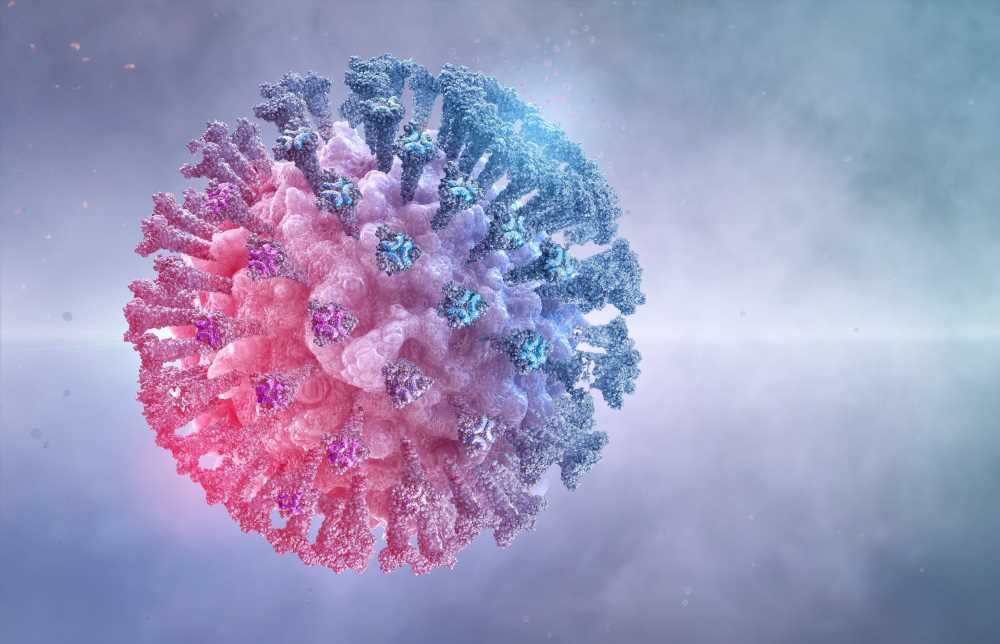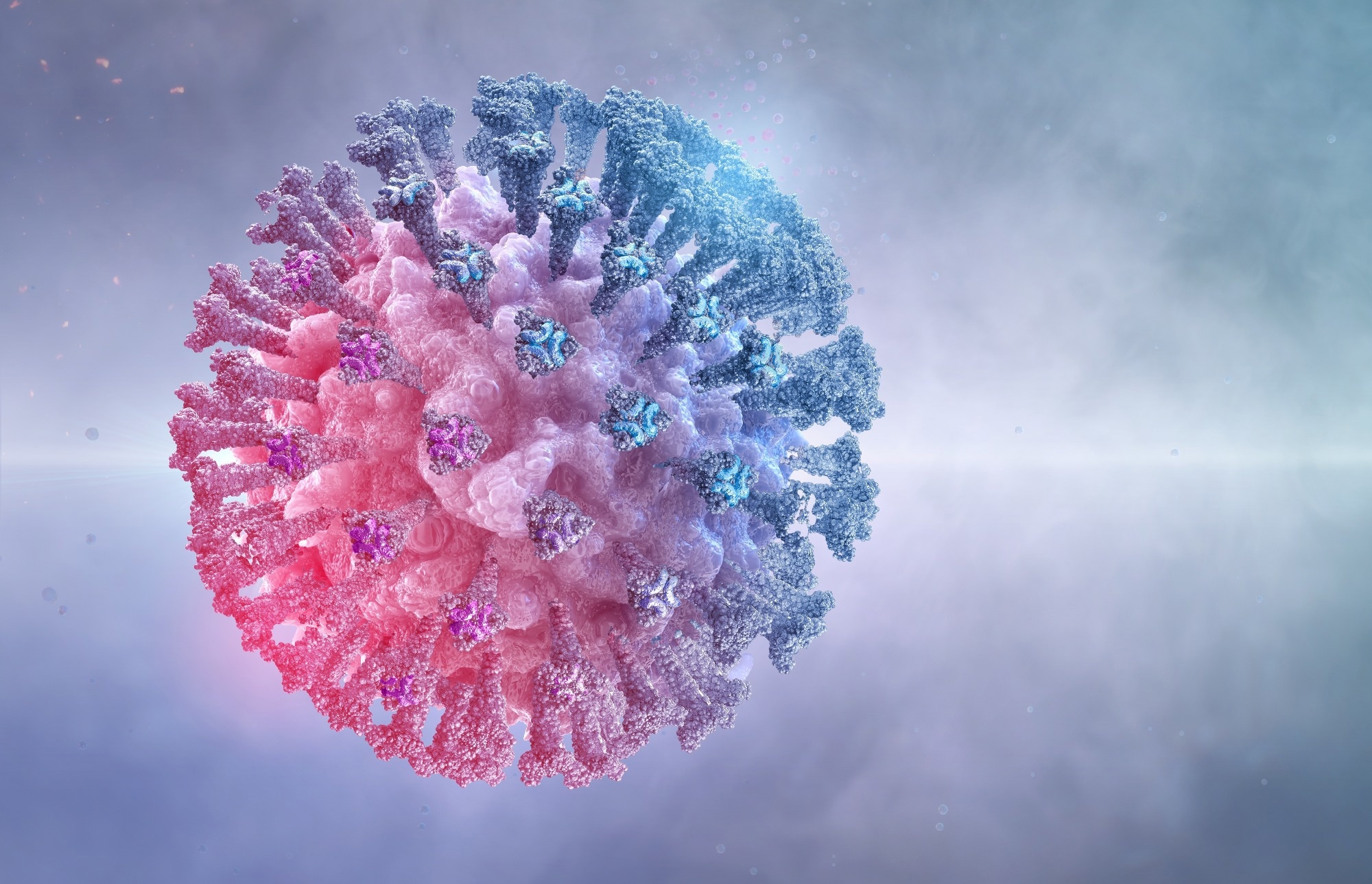
In a recent study published in the Emerging Infectious Diseases journal, researchers assessed the rapid increase in the number of coronavirus disease 2019 (COVID-19) reinfections in December 2021.

Genetic variation between different severe acute respiratory syndrome coronavirus 2 (SARS-CoV-2) variants has raised concerns regarding reinfections. Studies have reported reinfection with a SARS-CoV-2 variant after a history of infection by comparing viral genomes obtained from the same patient. However, it is difficult to distinguish between reinfection and prolonged viral shedding without employing genomic sequencing.
About the study
In the present study, researchers monitored suspected SARS-CoV-2 reinfection and rates of suspected reinfection in Clark county in the US between March 2020 and March 2022 across different demographics.
The team obtained positive SARS-CoV-2 polymerase chain reaction (PCR) results reported by medical facilities, healthcare providers, and laboratories to the Southern Nevada Health District (SNHD) for residents of Clark County. The results were recorded using an electronic disease surveillance system. The team estimated the intervals between the sample collection dates corresponding to the initial and subsequent COVID-19 positive results for each participant. A subsequent positive SARS-CoV-2 result was considered suspected reinfection if it was diagnosed 90 days or more after collecting the initial positive specimen.
The researchers also evaluated the number of new cases reported per week that were deemed as suspected reinfections. This was achieved by dividing the total number of suspected reinfections by the number of novel PCR-positive cases that week. Furthermore, suspected third infections were identified and were defined as the third PCR-positive test obtained a minimum of 90 days after the sample for the second PCR-positive test was collected that satisfied the definition as mentioned above of suspected reinfection.
Additionally, data related to patient demographics were collected from case investigation reports. The team estimated the rate of suspected reinfection reported per 1000 cases of patients previously infected with COVID-19 according to age group, gender, and ethnicity.
Results
The study results showed that between March 2020 and April 2022, SNHD detected 19,589 suspected reinfection cases with reinfections beginning from June 2020. The number of reinfection cases was less than 0.5% of new COVID-19 cases reported until February 2021. However, the team noted that in the last week of February 2021, the rate of reinfection incidence was almost 2% of all cases recorded. This boost in proportion was considered to be a result of the prevalence of the SARS-CoV-2 Alpha variant in January 2021.
Between March and November 2021, the rate of suspected reinfection was between 1% and 2.7% of the total cases reported, even after the emergence of the Delta variant in May 2021. Furthermore, the team observed the incidence rate increased from 2% between 5 and 11 December 2021 to 11% between 19 and 25 December 2021. The first-time infections accounted for this rapid increase during the prevalence of the Omicron variant in December 2021. While the weekly incidence rate of suspected reinfections reduced after a peak observed in January 2021, the rate remained elevated at almost 11% in March 2022.
The team noted that the rate of suspected reinfection was 49 per 1000 persons aged between 18 and 24 years and 46 per 1000 persons aged between 25 and 49 years. Women were reported to have the highest suspected reinfection rate with 44 cases per 1000 persons, while men displayed a rate of 33 per 1000 persons. This highlighted that women had a 36% higher chance of experiencing suspected reinfection than men.
Between March 2021 and April 2022, the team detected 161 suspected third reinfections. Among these, 13 occurred sporadically between March and December 2021. Between 19 December and 25 December 2021, the rate increased to 92% of the total number of suspected third reinfections reported after the emergence of the Omicron variant. Notably, the proportion of suspected third reinfections dropped between January and March 2022, highlighting the association between primary COVID-19 infections and suspected reinfections.
Conclusion
The study findings showed that the incidence of suspected COVID-19 reinfections was comparatively rare in Clark county before the emergence of the SARS-CoV-2 Omicron variant. Subsequently, the suspected reinfections accounted for most of the SARS-CoV-2 cases reported between December 2021 and March 2022. Additionally, suspected third infections were rare but were reported increasingly after Omicron emergence, indicating that the frequency of multiple COVID-19 infections might increase with the emergence of diverse viral variants.
- Ruff J, Zhang Y, Kappel M, Rathi S, Watkins K, Zhang L, et al. (2022). Rapid increase in suspected SARS-CoV-2 reinfections, Clark County, Nevada, USA, December 2021. Emerging Infectious Diseases. doi: https://doi.org/10.3201/eid2810.221045 https://wwwnc.cdc.gov/eid/article/28/10/22-1045_article
Posted in: Medical Science News | Medical Research News | Disease/Infection News
Tags: Coronavirus, Coronavirus Disease COVID-19, covid-19, Frequency, Genetic, Genomic, Genomic Sequencing, Healthcare, Infectious Diseases, Omicron, Polymerase, Polymerase Chain Reaction, Respiratory, SARS, SARS-CoV-2, Severe Acute Respiratory, Severe Acute Respiratory Syndrome, Syndrome

Written by
Bhavana Kunkalikar
Bhavana Kunkalikar is a medical writer based in Goa, India. Her academic background is in Pharmaceutical sciences and she holds a Bachelor's degree in Pharmacy. Her educational background allowed her to foster an interest in anatomical and physiological sciences. Her college project work based on ‘The manifestations and causes of sickle cell anemia’ formed the stepping stone to a life-long fascination with human pathophysiology.
Source: Read Full Article